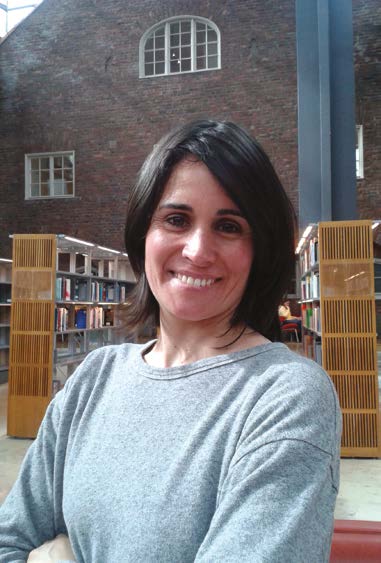MANTAA naturally innovative Chair

Susana de Matos Fernandes was recruited by the UPPA at the end of 2018 to head a new partnership-based Chair focused on biomimetics.
Biomimetics? Laurent Billon prefers the term bioinspiration. As a researcher at the IPREM, he has been developing materials inspired by nature for several years. “We have a lot to learn by observing the animal and plant world, in terms of functionality, structure, and architecture. For example, I’m thinking of the structural colors of butterfly wings, of the architecture of leaves conducive to photosynthesis, of the mechanical properties of shellfish, and so on.”
The UPPA started taking interest in the topic around a decade ago, led by the IPREM and the LFCR. A decisive step has now been taken with the creation of a partnership-based Chair headed by Susana de Matos Fernandes as part of the E2S UPPA project. Susana is recognized as an authority in her field and has a résumé as long as the tentacles of a giant squid so to speak! Specialized in the study of natural polymers, she has put her talents to good use at the University of Aveiro (Portugal), the University of the Basque Country (Spain), the Royal Institute of Technology (Sweden), the University of Uppsala (Sweden again) and the UPPA that she joined in 2017 following the call for projects Tremplin-ERC (aimed at promoting French researchers at European level).
Naturally inquisitive, Susana de Matos Fernandes chooses her research topics based on the observation of her surroundings. It’s by looking at two transparent fish in an aquarium one day that she ended up coming across strange bioactive molecules with surprising properties. “I realized that these molecules had, in fact, nothing to do with transparency; that they were soluble in water, present in fish skin and eyes, and capable of absorbing UV radiation.” Without a second thought, the researcher took the bull by the horns and set out to discover the origin of these molecules synthesized by algae that fish feed on. She immediately imagined tangible applications such as natural materials for solar protection.
Algae are precisely at the heart of her new Chair called Manta (Marine Materials) which has enlisted the Laboratories of Biarritz specialized in bio-innovative solar protection. Assisted by four PhD students and post-doc researchers on a twoyear contract, Susana de Matos Fernandes now has five years to design revolutionary biomaterials with zero impact for both populations and the marine ecosystem. A project that will keep them as busy as bees!
Contact :

